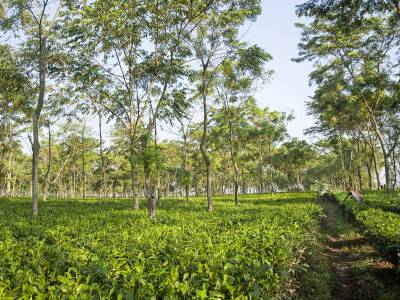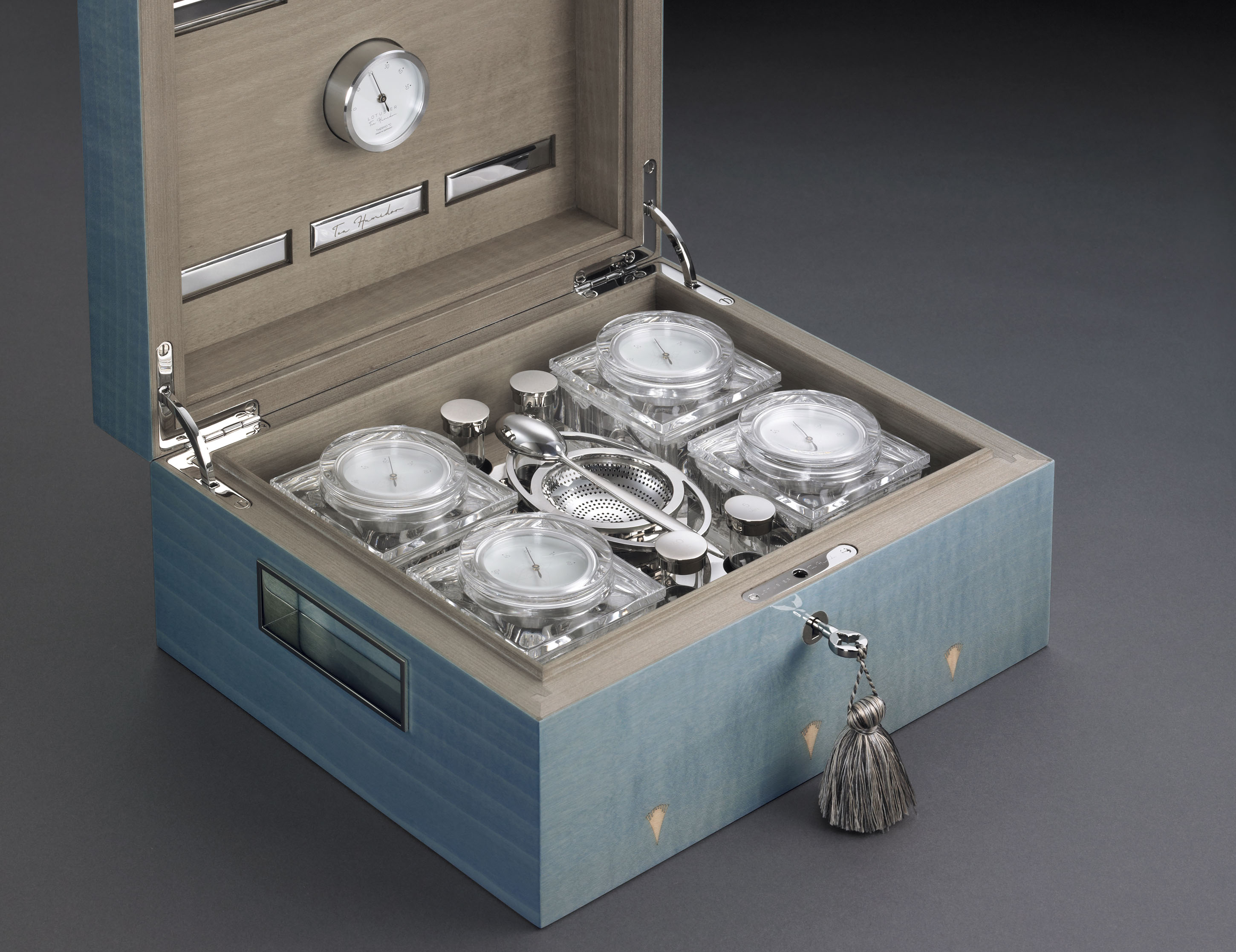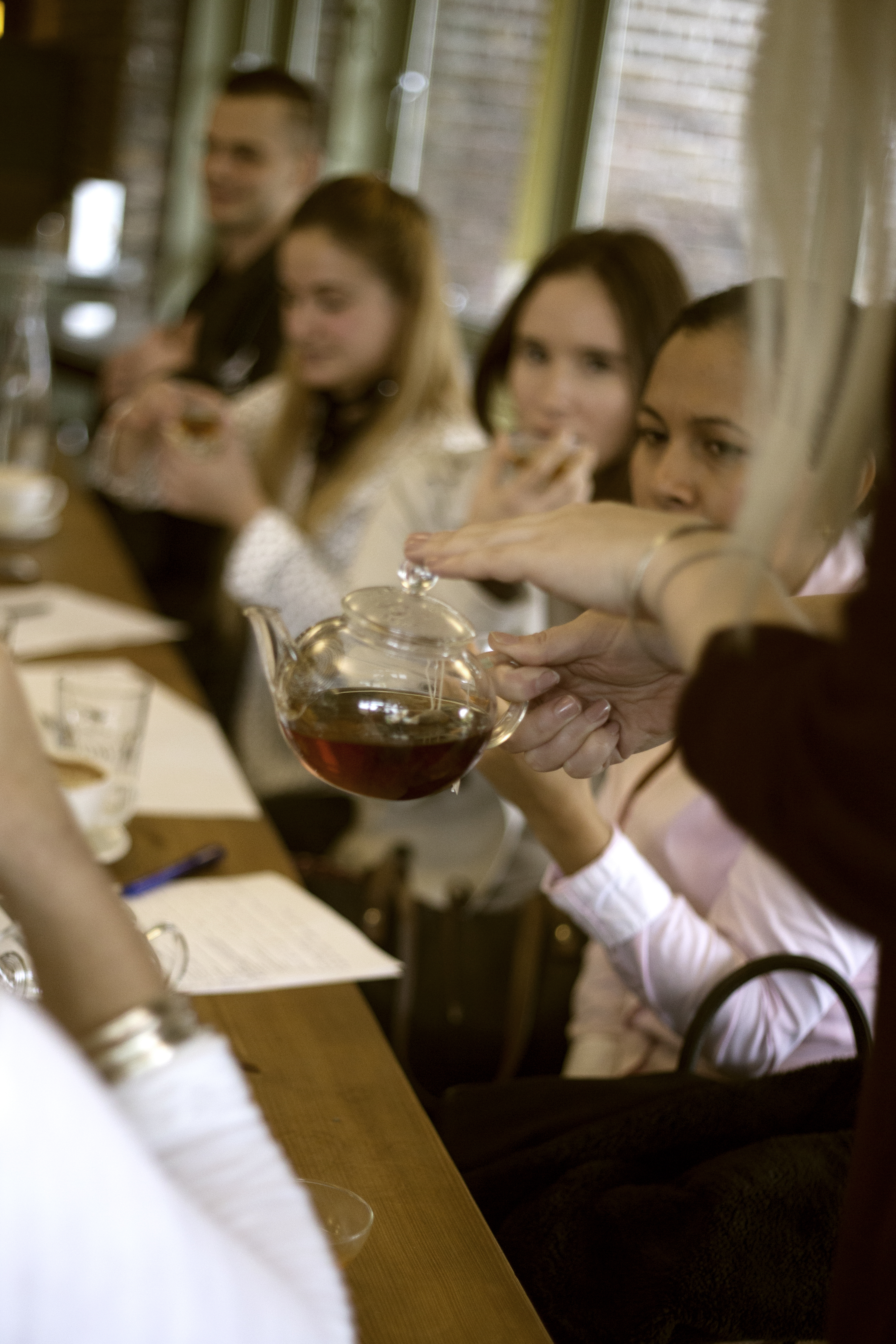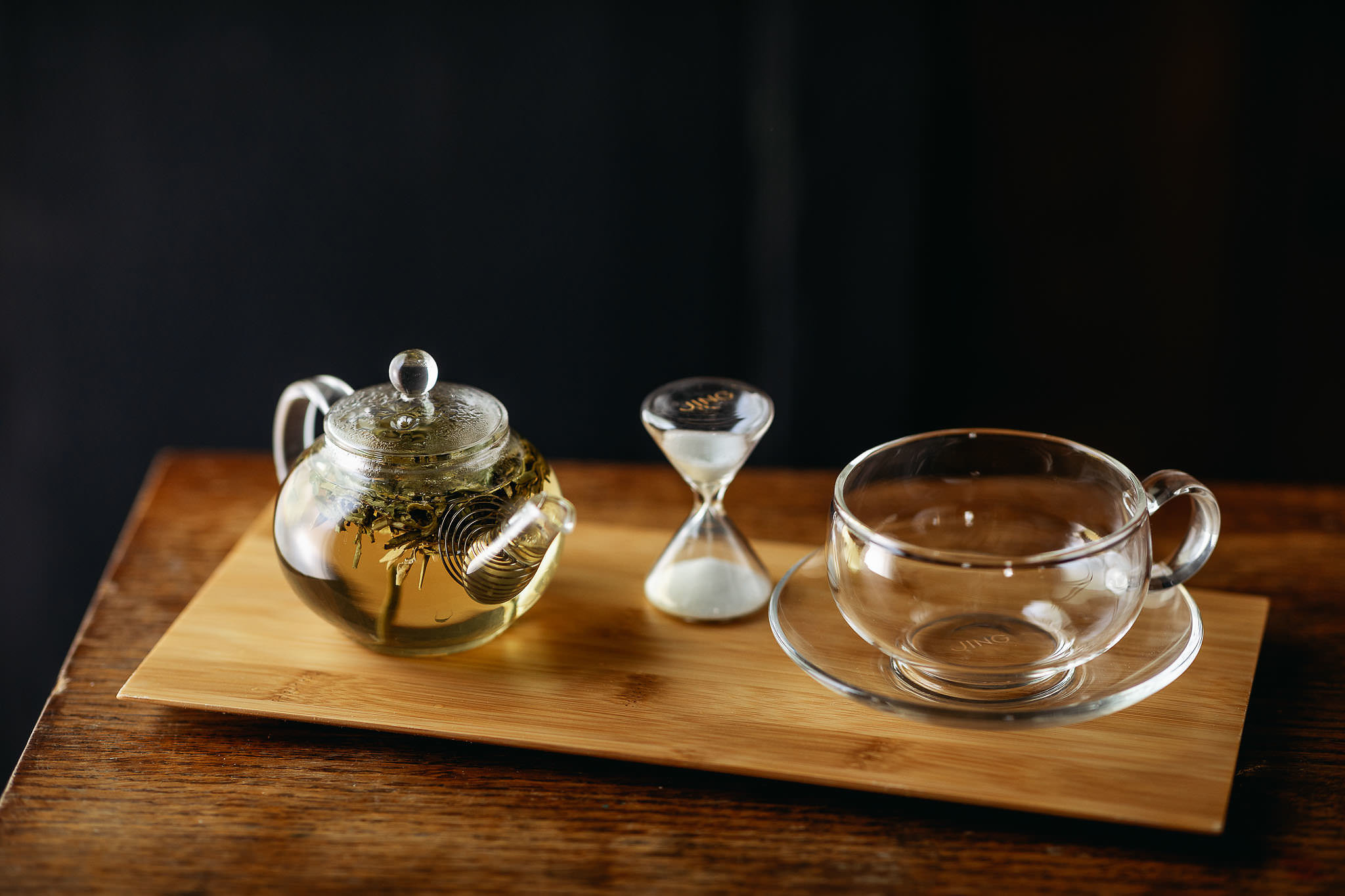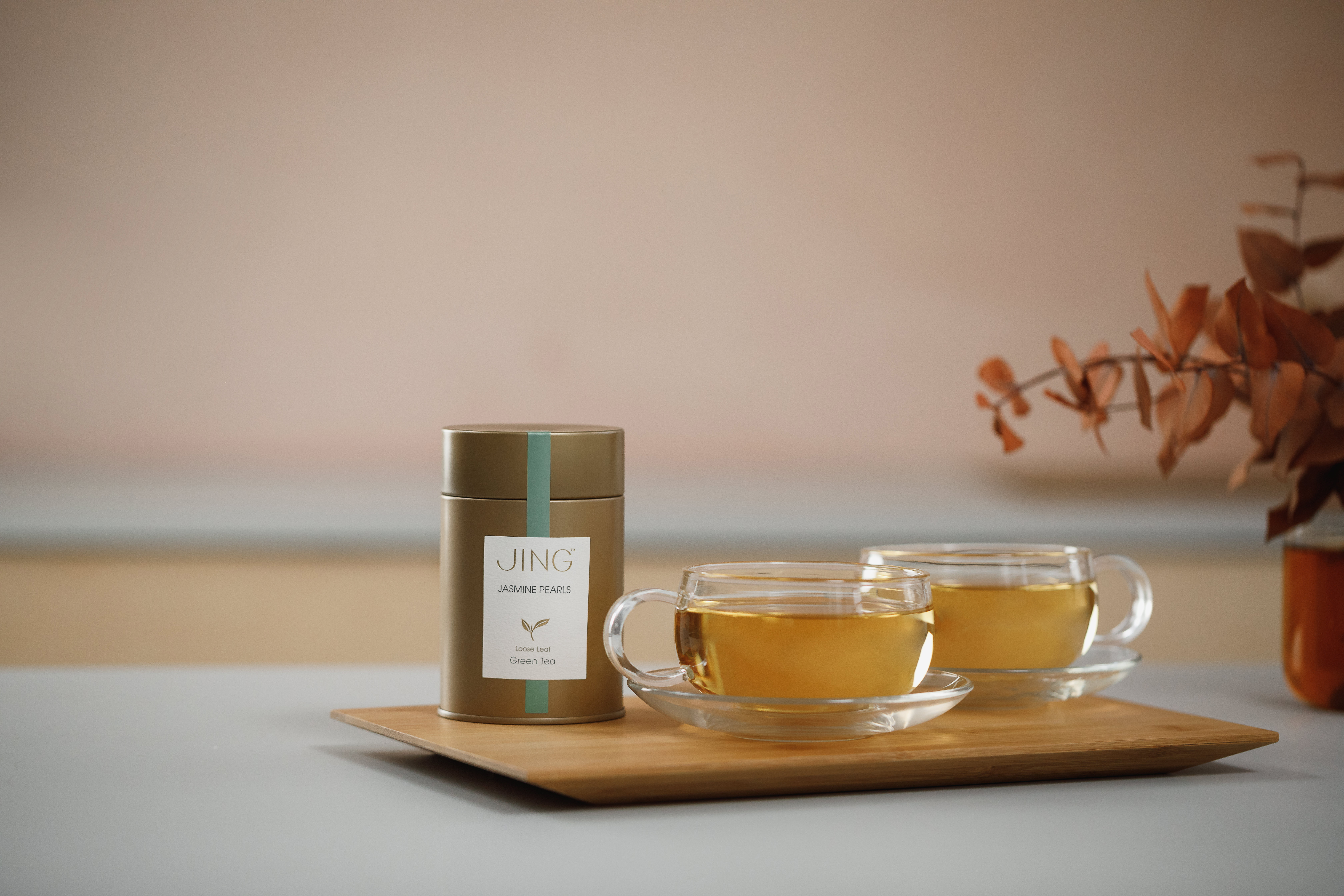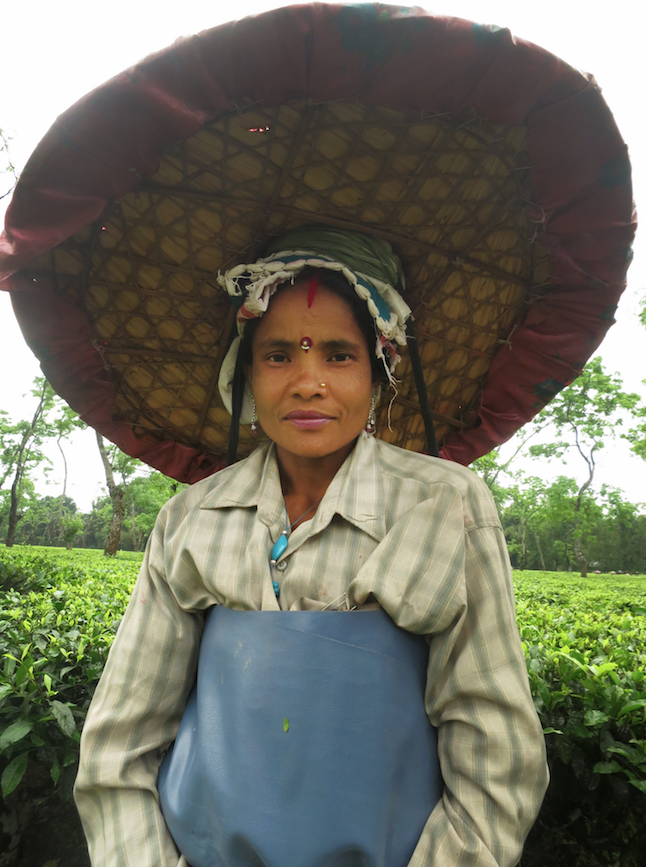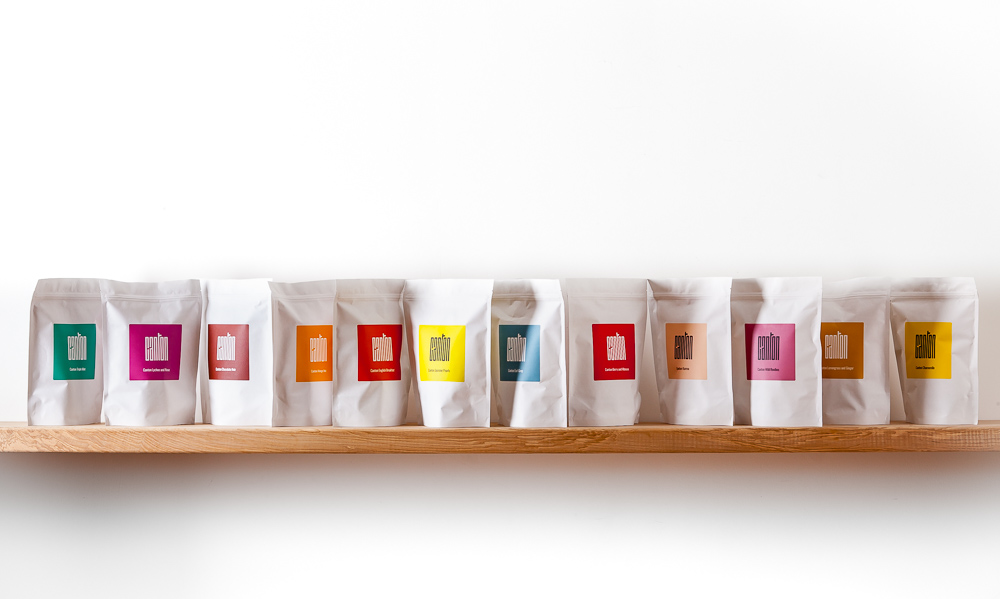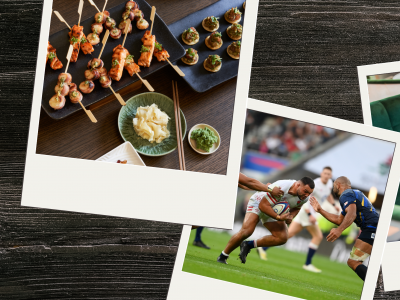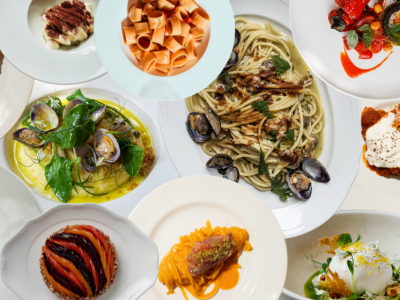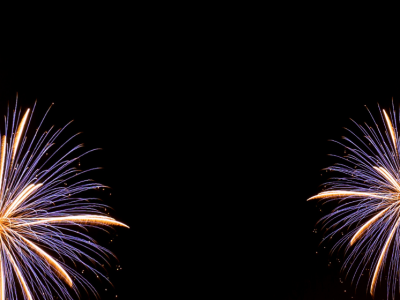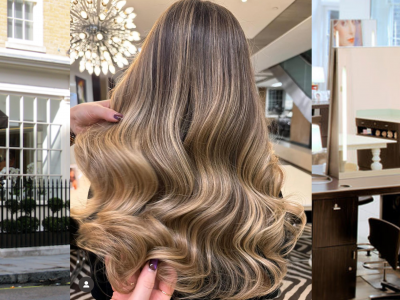In China, tea can set you back more per gram than gold. This isn’t just your standard tea though; this is the prized puerh black tea of China that, like a fine wine or whisky, undergoes a fermentation process improving and maturing with age. Traditionally left to ripen in darkened spaces for months or even decades, some vintage puerh tea dates back as far as the early 20th century and fetches huge prices at auction. “In 2013, 2.1kg of puerh tea, aged for more than 80 years, sold at auction for over £1m — making one cup of the tea worth around £3,000,” says Asa Eriksson-Ahuja, founder of luxury tea humidor company Lotusier.
Fancy a brew? Exploring the rise of haute tea
30th May 2019
As luxury tea brands become ever-more popular, consumers are becoming increasingly interested in the intricacies of authentic brewing and pairing techniques
In England, it has long been a very different story. Once seen as a real luxury — in the 1800s, ships carrying tea from China took over a year to reach English shores — the humble cuppa has become such a staple of day-to-day life that any sense of tea ceremony has boiled down to steeping a tea bag in water for three minutes before sloshing in some milk. However, change is afoot. Over the past 10 years, a fine tea revolution has been quietly brewing with people starting to demand more from their daily cuppa.
“The incredible versatility of fine teas has made them ubiquitous in recent years,” says Eriksson-Ahuja. “People are now seeing tea as more than just a warming ‘pick-me-up’. ”
Jennifer Wood from Canton Tea concurs. “There is a haute tea revolution happening in the UK, with a particular focus on London. Over the past 12-18 months, it has really started to gain momentum. We’ve reached tipping point and there is no stopping it now.”
Powered by two factors — a willingness to spend considerably more on the product and a shift in the types of teas being purchased, from standard blends and breakfast teas to high-grade green teas, oolongs and white teas — Wood considers this as an exciting new chapter in London’s tea-drinking scene. “People have started to realise what an incredibly complex drink tea is and how much variety there is,” she adds. “There are literally thousands of different types of tea in the world that offer a huge spectrum of flavours.”
While all tea is derived from just one plant, camellia sinensis, the many types and blends of tea are wonderfully complex and varied according to the different ways that the leaf is oxidised and processed. White tea — the least processed tea — tends to be the least oxidised, followed by green tea, which is heated shortly after picking to retain its fresh grassy flavour, while black tea undergoes a lengthy oxidation process in order to obtain its rich hue and flavour profile. Add tea blended with fruit, flowers and spices into the mix and the flavour opportunities are bountiful.
“People are often shocked by the variety and intensity of flavour when they try different teas,” Wood adds. “For example, those that are used to the robust, malty flavours of an English Breakfast are often amazed by the complex, floral taste of a Dan Cong oolong, or the incredible vegetal umami of a high-quality Japanese green tea.”
Discovering new teas and broadening one’s tea horizons is all part of the fun and is now big business in London, with many luxury hotels including The Ritz and The Corinthia employing highly trained tea sommeliers to advise on tea and food pairings. Meanwhile, fine tea lists featuring such delights as Dragon Pearls — a rolled silver needle tea from Fijian, China, scented with Jasmine — first flush Darjeeling and Da Hong Pao — a twisted leaf, oxidised oolong — are becoming quite the draw for afternoon tea.
Responsible for sourcing some of the highest-grade teas for five-star hotels, including the Four Seasons, The Mandarin Oriental Group and a score of Michelin-starred restaurants, is JING, whose passionate founder Edward Eisler seeks to create “tea experiences worth savouring”, by pairing tea with haute cuisine.
Used in a similar way to fine wine, the flavour and structure of specific teas are matched to ingredients and dishes in order to highlight and enhance both the food and the tea. “Club Gascon in Smithfield was one of the first restaurants to do this,” says Eisler. “In the first three months of doing this, it saw a 400% increase in tea sales.” Although something of a novelty, the success boiled down to the quality of the teas served. One of the teas on that menu was “supreme grade Jasmine Pearls, which we cold infused and carbonated to create a cold-served sparkling tea,” says Eisler. “Served in champagne glasses, the result was not only very elegant, but was also an innovative expression of authentic Chinese tea. It was a fantastic non-alcoholic alternative too.”
And with an ever-increasing number of people choosing not to drink alcohol in favour of a healthier lifestyle, tea with its complex range of notes, flavours and subtle variations according to season, country and terroir, offers a sophisticated alternative to wine. “The taste of amazing tea leaves speak for themselves, revealing great stories of unique provenance and craftmanship,” adds Eisler. This is particularly true of single estate teas, rather than blends that, like wine, express a moment in time and the characteristics of a region.
Jameel Lalani, founder of fine tea company Lalani & Co, whose teas are stocked in Thomas’s Café at Burberry London, agrees. “Focusing only on small-batch, single-estate teas, Lalani & Co regards tea making as a luxury craft so takes great care to cultivate ecologically grown tea from small estates and micro gardens in order to express the best flavour of each distinct region,” he says. Rarity doesn’t come cheap: a 25g pot of 2015 A’ A black Big Island Tea from Hawaii will set thirsty suppers back £225 — such teas are bought in vintages just like fine wines.
Like Lalani & Co, luxury tea company TWG is also dedicated to demonstrating the breadth and complexity of the beverage. It stocks over 800 varieties of tea from 46 different tea-producing regions, from India and China to Argentina and Tanzania, which are available in its two recently opened London stores. TWG’s offering comprises orthodox picked teas, meaning that only the tip and the bud — a precious unfurled leaf — are used for their teas and blends, rather than whole leaf manufacture of poorer quality teas.
To make the most of the delicate characteristics of tea, careful handling of the leaves is essential. “Where people often go wrong is the preparation of the tea,” says Michael Philpott, sales manager at TWG. “You can have the best tea in the world, but if you don’t brew it correctly it isn’t fit for purpose.” He explains that the two stumbling blocks tend to be the temperature of the water and the length of brewing time — crucial to a good brew. “Only black teas can withstand brewing temperatures of 95˚, while oolong, green and white tea should be brewed for up to three minutes at 80-85˚,” he says. This is not a rule of thumb, however, as the character of each individual blend can dictate otherwise. “One of our green teas, the Imperial Gyokuro from Japan, should be brewed at 60˚ for exactly one minute or it is spoilt,” he adds — at £165 a pot, it is worth getting it right.
It’s not just the tea that has become more sophisticated, where to drink it has too. A host of design-led teahouses has sprung up, such as bijou Teatulia, where you can sip tea while leafing through a library of books curated by actress Tilda Swinton. By day, the shop serves six organic single-origin teas, while tea-based cocktails such as hot toddies and lemongrass mojitos can be sipped at night. A few streets away, you’ll find French tea purveyors Mariage Frères, whose vintage-style site encompasses a tea museum, shop and salon de thé where you can sample teas in an olde-worlde setting.
Bernadine Tay, co-founder of the European Tea Society and Wedgwood’s tea curator, sees good china, as well as the setting, an important part of enjoying the beverage. “All our senses contribute to the enjoyment of a cup of tea: the weight of a china teacup, how it feels against your lips and the crystal-clear sound the tea makes as you pour it. Most important of all is serving tea in the right cup as that can dramatically enhance its taste,” she adds. “Porcelain tea cups are better than glass cups, for instance, as on a microscopic level the glazed surfaces have tiny bumps and dents that open the liquid up, oxidising the tea and releasing the flavour as you drink it,” she says.
Similar to wine, tea improves with aeration. “When tasting tea, you should slurp it up drawing in oxygen as you drink,” adds Philpott. “That way you really taste all the notes and flavours of the brew.”
Add the fantastic spectrum of flavours available to the plentiful science-backed evidence of tea’s health benefits and it is easy
to see why Londoners are sitting down to a soothing cup of tea rather than reaching for a glass of wine.
